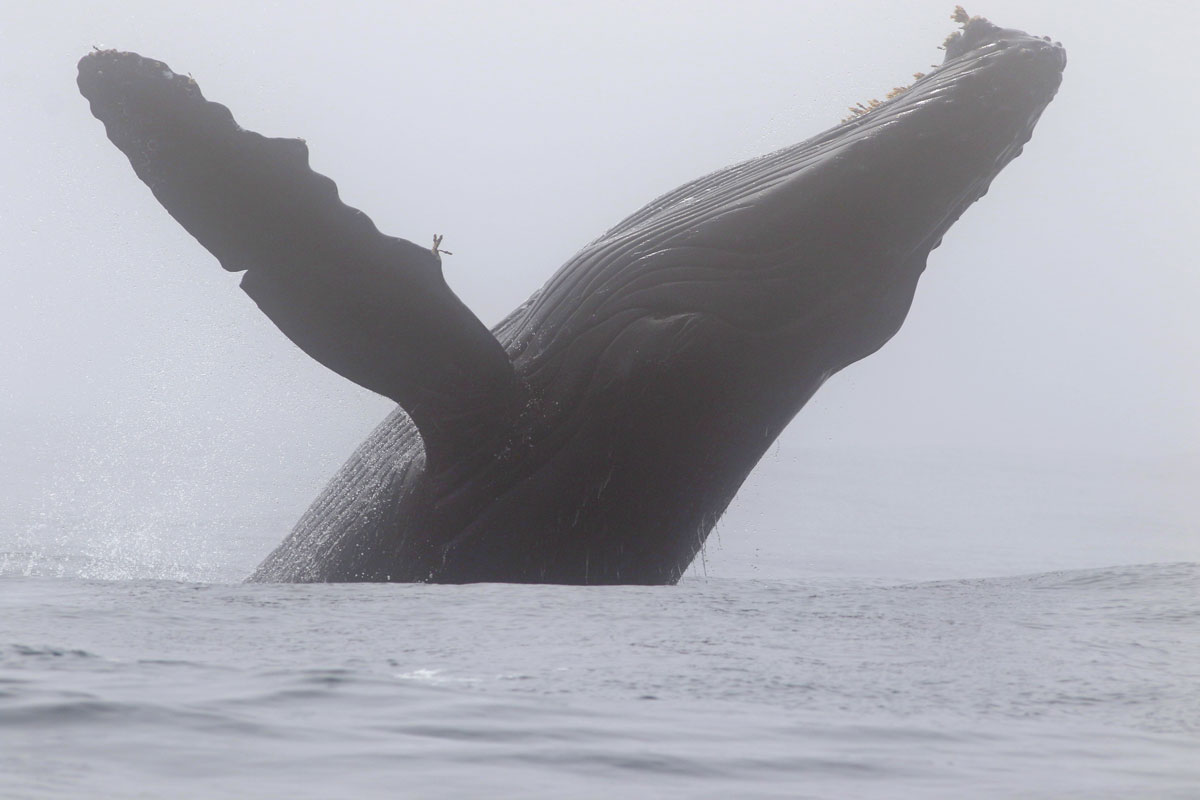“Environmentally responsible offshore wind can help reduce our carbon emissions while protecting birds and the places they need.”
The Department of the Interior’s Bureau of Ocean Energy Management (BOEM) has held a lease sale for offshore wind energy development off the northern and central coasts of California. Five lease areas are being offered in Morro and Humboldt Bays, covering approximately 373,268 acres with the potential to produce over 4.5 GW of offshore wind energy and power more than 1.5 million homes. The auction marks the first offshore wind lease sale on North America’s West Coast, and the first time the California coast has opened to commercial-scale clean energy development.
“Climate change is the biggest threat to California seabirds, and environmentally responsible offshore wind can help reduce our carbon emissions while protecting birds and the places they need,” said Garry George, director of the National Audubon Society’s Clean Energy Initiative. “We will work closely with BOEM, California agencies, and developers to ensure that these offshore wind projects effectively avoid, minimize, and mitigate impacts on birds in the unique and biodiverse California Current System.”

Humpback Whale, Monterey Bay, copyright Chris Townend, from the surfbirds galleries
The National Audubon Society strongly supports the development of offshore wind power as part of a pathway to 100-percent clean energy while protecting birds. Since 2016, Audubon has been part of a coalition of conservation organizations advocating for environmentally responsible offshore wind in California.
Steps to reduce the danger posed by wind turbines and other structures to seabirds include:
- Siting wind turbines in ‘low impact’ areas, away from places seabirds congregate to feed and migrate;
- Working closely with conservation scientists and local officials;
- Enforcing existing laws protecting birds like the Migratory Bird Treaty Act and Endangered Species Act;
- Developing new technologies that help minimize harm to seabirds and other wildlife;
- Ensuring scientific monitoring of installed wind turbines and requiring adaptive management to reduce their impacts over time using best available technology and practices.
More about Audubon’s policy on renewable energy can be found here: https://www.audubon.org/conservation/climate-renewables.